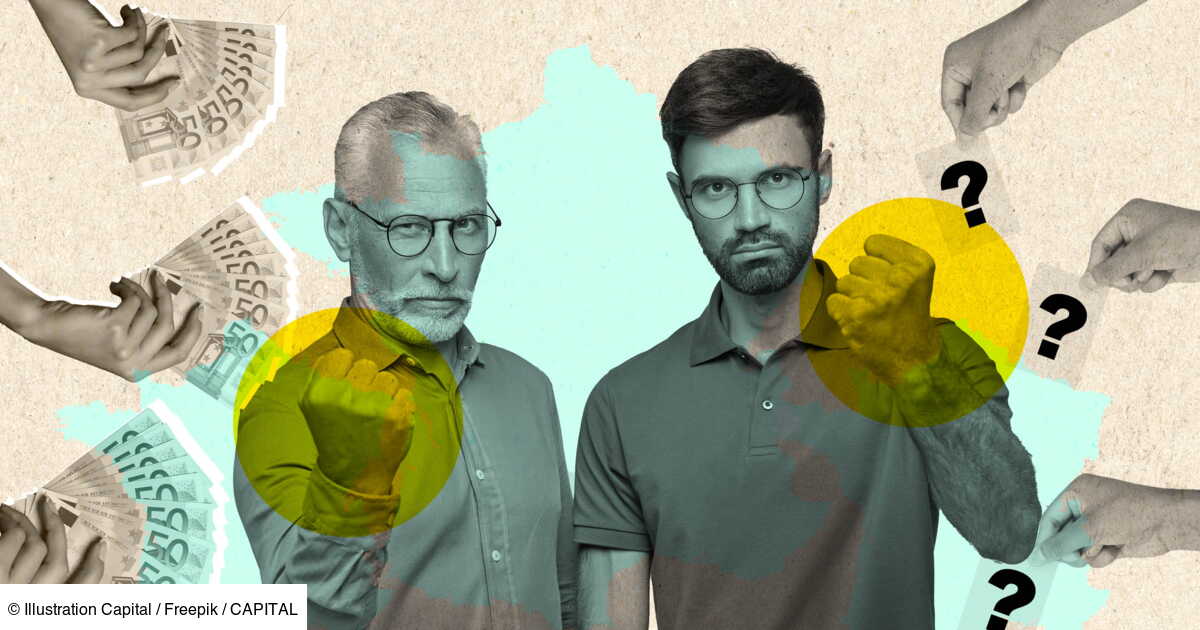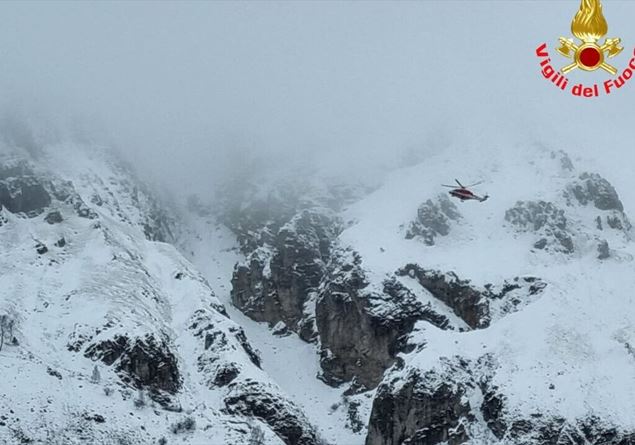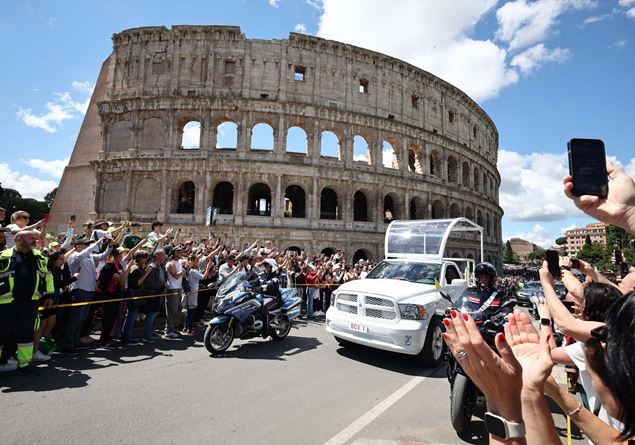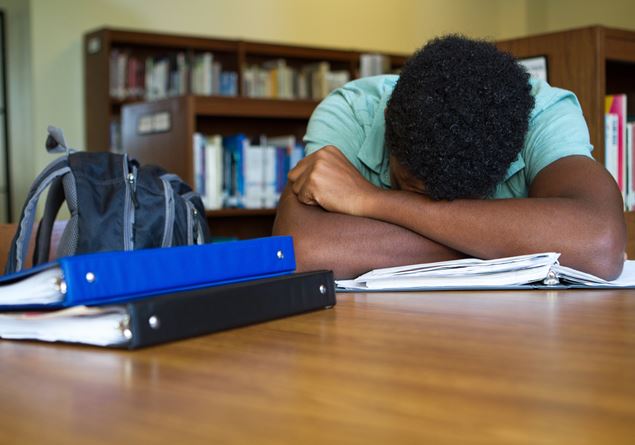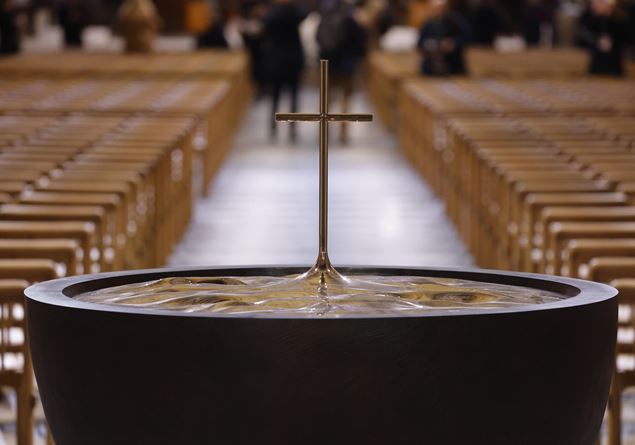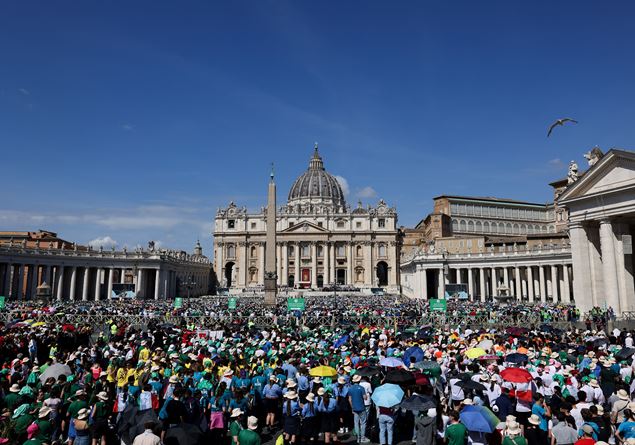“Beyond 30 for the center of accidents today it is due to the inadequacy or general impreperation”. After the last tragedy in the mountains, which involved two men from Brianza, dispersed on Saturday on Grignetta (Lecco) and whose bodies were spotted only today, we are talking about security with Alberto Pirovano, coordinator of the National Observatory accidents in the mountains of the clubs Italian Alpine and former president of the prestigious Cai dei Ragni di Lecco section.
Why always many accidents in the mountains?
“After pandemics, hikers and” improvised mountaineers “increased and accidents have increased. With the climatic crisis then, the conditions become increasingly changing. Let’s take the case of the avalanches: a few years ago the survival of a overwhelmed unharmed was estimated in 20 minutes. Today that the snow is wet and therefore heavy, the survival curve collapses after 15 minutes. The narration of experiences in the mountains via social networks also has a weight: very short films or stories in which the only positive aspects of the experience are mythologized. Instead to go to the mountains you need awareness and adequate preparation ».
In winter, is the mountain more insidious than in the other seasons?
“The probability of risk increases: the paths and the signs are covered by the snow and it is necessary to know how to recognize the stability or not of the snow -sized mantle”.
Grignetta is no exception …
«Definitely not. Since for the Lombardi Grigna, Grignetta and Resegone are mountains “close to home” to some give the impressions of being easy, at hand, but it is not so. In winter they transform: slopes, weather conditions and temperatures become more difficult ».
Can you go to the mountains in winter?
“Certainly. Even if, however unpopular as it can play, the mountain is of everyone but it is not for everyone. The mountain is for those who have the humility to bring them closer to awareness and preparation. Today it is thought that everyone, quickly, can become mountaineers: instead a certain preparation is essential ».
We are victims of performance also at altitude …
«You want to burn the stages, quickly become mountaineers, while experience must be matured. To penalize is also the surface approach to some activities such as the snowshoes: one account is to walk on a snowy forest road, another is to venture up for virgin slopes. It is not just about putting one foot after another but of knowing how to read the state of danger of the slopes “.
Sometimes you don’t want to see the evidence …
«We are talking about heuristic traps, mechanisms that self -assolve us, make us feel in comfort zone. A few examples: I see some tracks and I am convinced that if someone has already passed by there I can do it too. Or, you think “I planned the trip and I travele kilometers by car, I will not be able to go back”. It is difficult to give up. I recommend that you always have a plan B: an alternative of trip if, on the expected itinerary, the conditions were not safe. Another deception of the mind is then to think that an itinerary is feasible in winter because it has already traveled in summer. Going home is never a shame ».
So how to deal with a safe excursion?
«I repeat: first of all, it is necessary to be aware of oneself and risk. It is useful to attend the courses of the Alpine Club and initiatives as safe in the mountains, always promoted by the CAI, as well as leaning on the alpine guides ».
In practice?
«Starting by collecting information about weather and nivological conditions, but generalist disposses are not enough: it is necessary to rely on the specialist bulletins made available by the regional Agency Environment (Arpa) agencies and contact Alpine and refugee guides to find out the local conditions. Let’s not forget the fundamentals: Consone clothing, supplies and the thermal sheet, indispensable for maintaining body temperature in the event of an accident ».
Does technology help?
«Yes, but it can also deceive: never completely relying on it. The phone, with attached geolocation systems, works if the battery is charged. However, it is always good to have it: it is essential to alert the rescue. I remember that even in the absence of the signal coverage, the call to 112 is possible by hooking to another operator. If there is no field but the phone is loaded, the IMSI Catch system with which the helicopters are equipped allows you to locate the device. So: useful to have a power bank with you and equip yourself with a Recco system, a small passive research device: it allows you to be identified. I would then suggest downloading specific apps such as Where Are U, active in many regions, to contact the 112 Operations Center with all their personal data already accessible, or Georesq, the application of CAI accessible to all for free, capable to trace the paths too. In the snowy environment, it is then mandatory by law to be equipped with the Artva, Pala and probe self -rescue kit. And to know how to use it, of course: if you remain involved in the avalanche, the intervention of the companions is of vital importance ».



